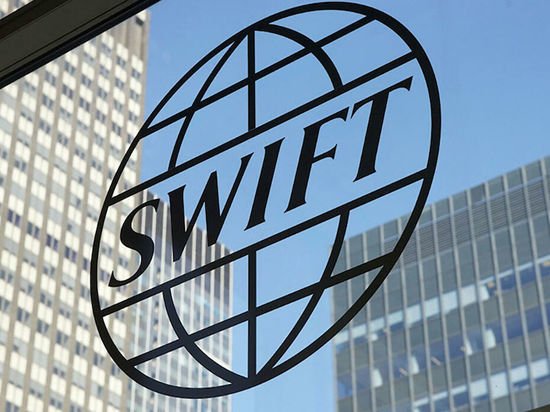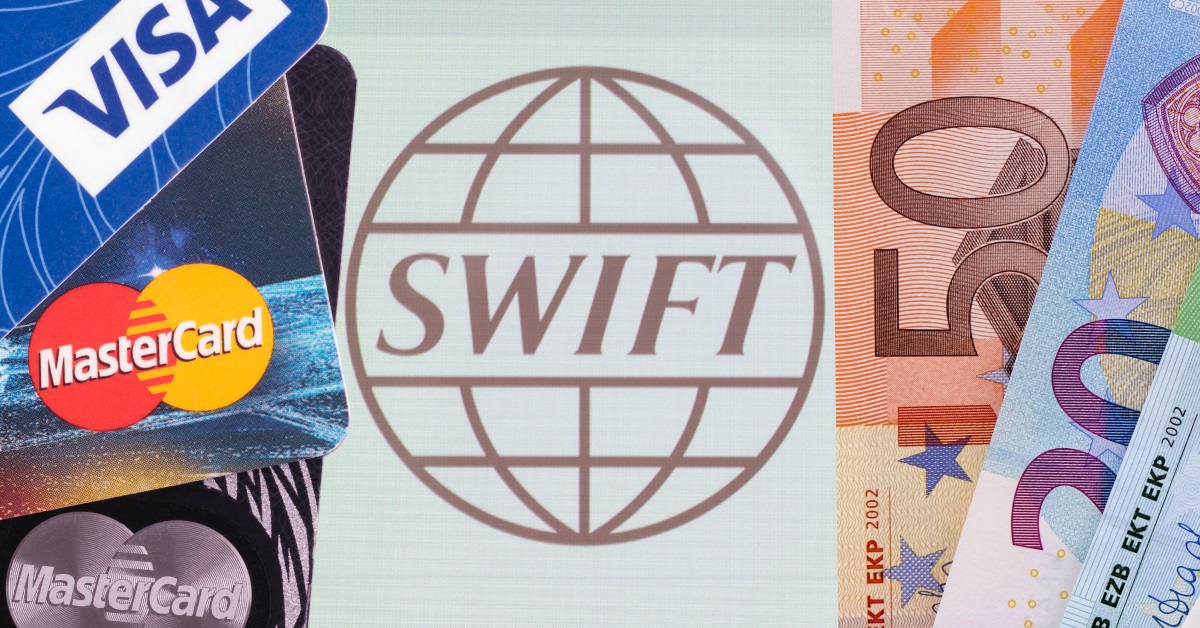How to Check the State and Status of a SWIFT Transfer.


In the modern world, there is a popular type of transfer known as SWIFT. It is a relatively simple and accessible way to quickly send money from anywhere in the world. In Ukraine, such payments are also popular.
Separately, if you use them, the question arises as to how to check a SWIFT payment. In other words, how to check a SWIFT transfer to understand its status. Besides checking, it is also important to understand how such transfer states can be useful (useful information).
How to Check the State of a SWIFT Transfer?

So, in figuring out how to check the status of a SWIFT transfer, one must understand why such a payment is needed at all. In 2024, many banks offer SWIFT services, allowing money to be sent and received globally. This is a straightforward system that will undoubtedly help many. It is efficient and simple. Moreover, in times of war, Ukrainians do not have much choice in payment systems.
If you are already using such payments, you need to know how to check the status of a SWIFT transfer and how to generally check payments.

The first thing to know is that to check the status of a SWIFT transfer, the following information will be required:
- The unique transfer identifier (SWIFT UETR) - a code assigned to each transfer. This code is the first piece of information needed to obtain any international transfer.
- Sender and recipient details. It is better to know the account number, the name of the bank being used by the client.
- The date the transfer was made.
- The exact amount of the transfer.
This is the minimum information that will be useful if you need to check the status of any payment.
How to Check a Payment?

To understand where the transfer is at, one of the methods will be helpful. The first and simplest way would be to contact the sending bank. What you need to do:
- Contact the bank branch or call the hotline.
- Provide: the unique identifier (UETR), the date of the transfer, and any other details if necessary.
- Request information about the status of the transfer.
This method has its advantages. First of all, it is quite fast. Additionally, the bank will provide a quick and official response immediately.
The second method will be to use online banking. Most banks in Ukraine provide online services for checking transfers. What to do in this case:
- Log in to your online banking account.
- Go to the "Transaction History" or "International Transfers" section.
- Find the needed transfer by date, amount, or identifier.
- Check the status: "In Process", "Sent", "Received", etc.
If the status does not change for a long Time, it is better to contact the bank to clarify the information.
Information can also be obtained through the recipient. Here’s what you need to do:
- Contact the recipient and ask them to check if the funds have arrived in their account.
- If the money has not arrived, ask them to contact their bank.
This method is suitable for cases when the transfer has already been completed. It is generally convenient if there is operational communication with the recipient.

There is also another option that might be useful, to check the payment through the SWIFT gpi Tracker. Modern SWIFT transfers support gpi (Global Payments Innovation) technology, allowing real-time tracking of the transfer.
What you need to do:
- Obtain the UETR (Unique Tracking Code) from your bank.
- Visit the SWIFT gpi platform (if the bank provides access) or use special services.
- Enter the UETR to check the status of the transfer.
This method has its advantages: it is fairly quick, and the procedure itself is transparent. Additionally, each step can provide complete detail.
Moreover, if you need to understand the status of payments, you can also contact the support service of the receiving bank. What to do in this case:
- Provide the receiving bank with the UETR and other details.
- Request information about the arrival of the transfer.
Often, the receiving bank can determine issues more quickly than the sending bank.

A few words should be said about the statuses that may occur. Each one can be taken into account.
So, what statuses can be encountered with international transfers:
- In Process - the transfer is being processed and has not yet been completed.
- Sent - the money has left the sending bank.
- In Transit - the transfer is at an intermediary stage.
- Received - the funds have arrived in the recipient's account.
- Rejected - the transfer was not completed for a specific reason (e.g., errors in the details).
Each of the statuses assumes some processing time for the data.
To avoid problems with international transfers, follow these recommendations:
- Check the details several times. An error in IBAN or BIC can lead to delays or the return of the transfer.
- Use reliable banks. Contact banks with a good reputation and support for SWIFT gpi.
- Keep the UETR secure. Do not disclose the tracking code.
Different banks and countries have their own processing times for transfers.
Read also
- What is MoneyGram in simple words
- What is needed for transferring and receiving money via Western Union
- What is Western Union in simple words
- Who is an acquirer in simple terms
- Who is an issuer in simple terms
- Is it possible to send money by mail abroad










